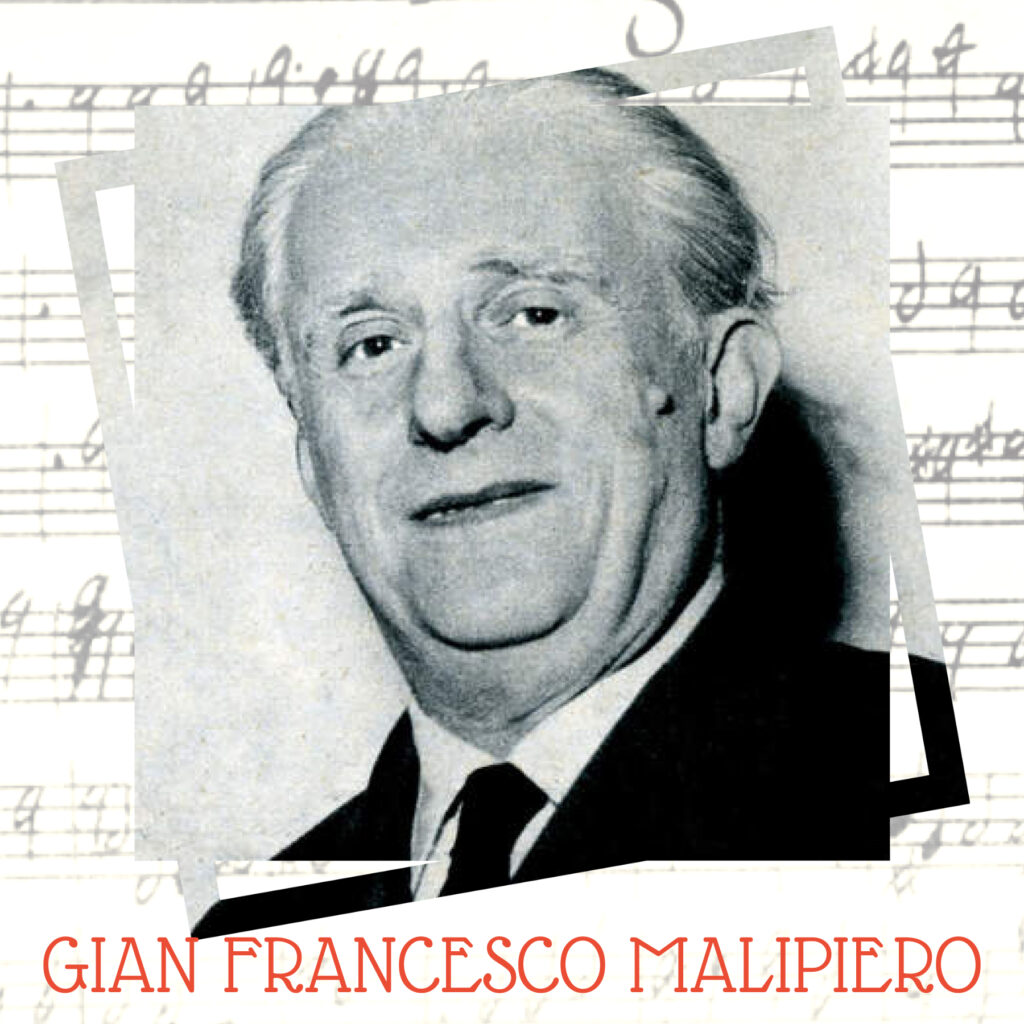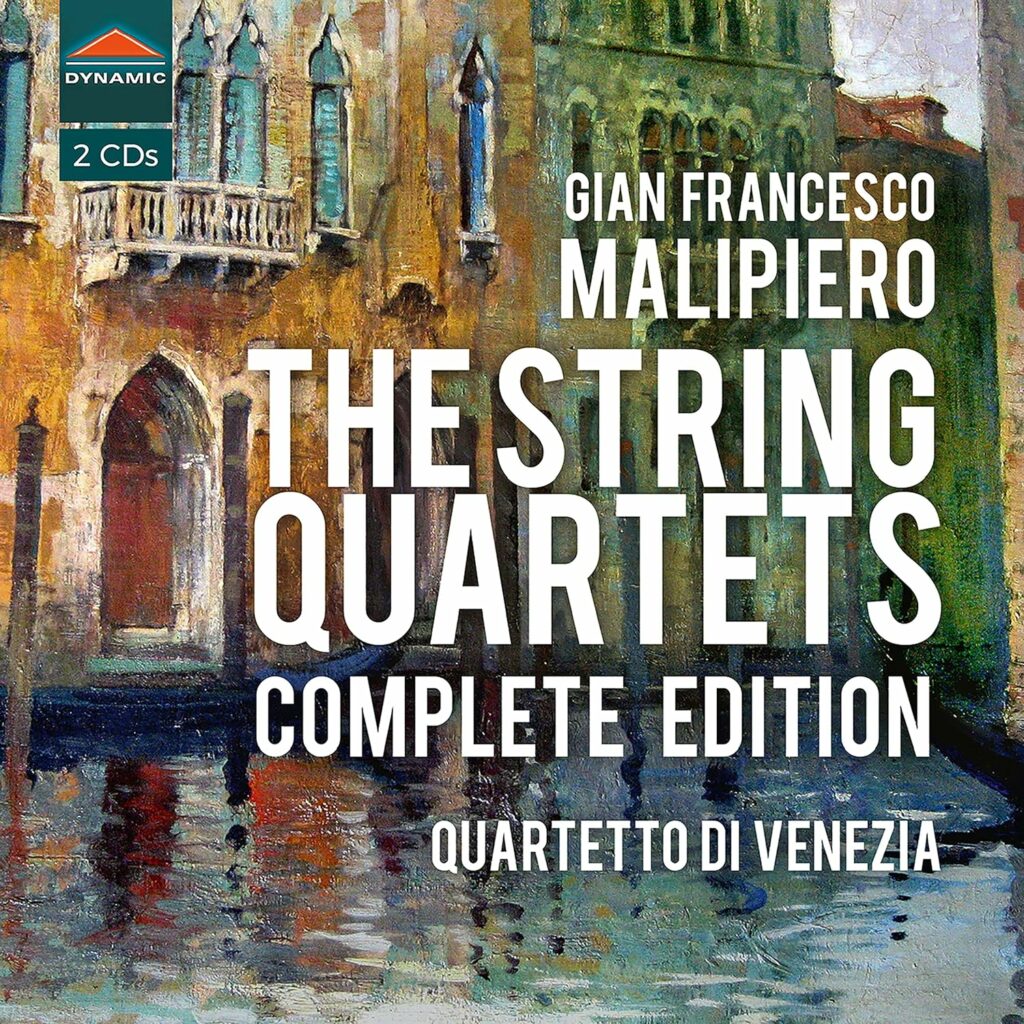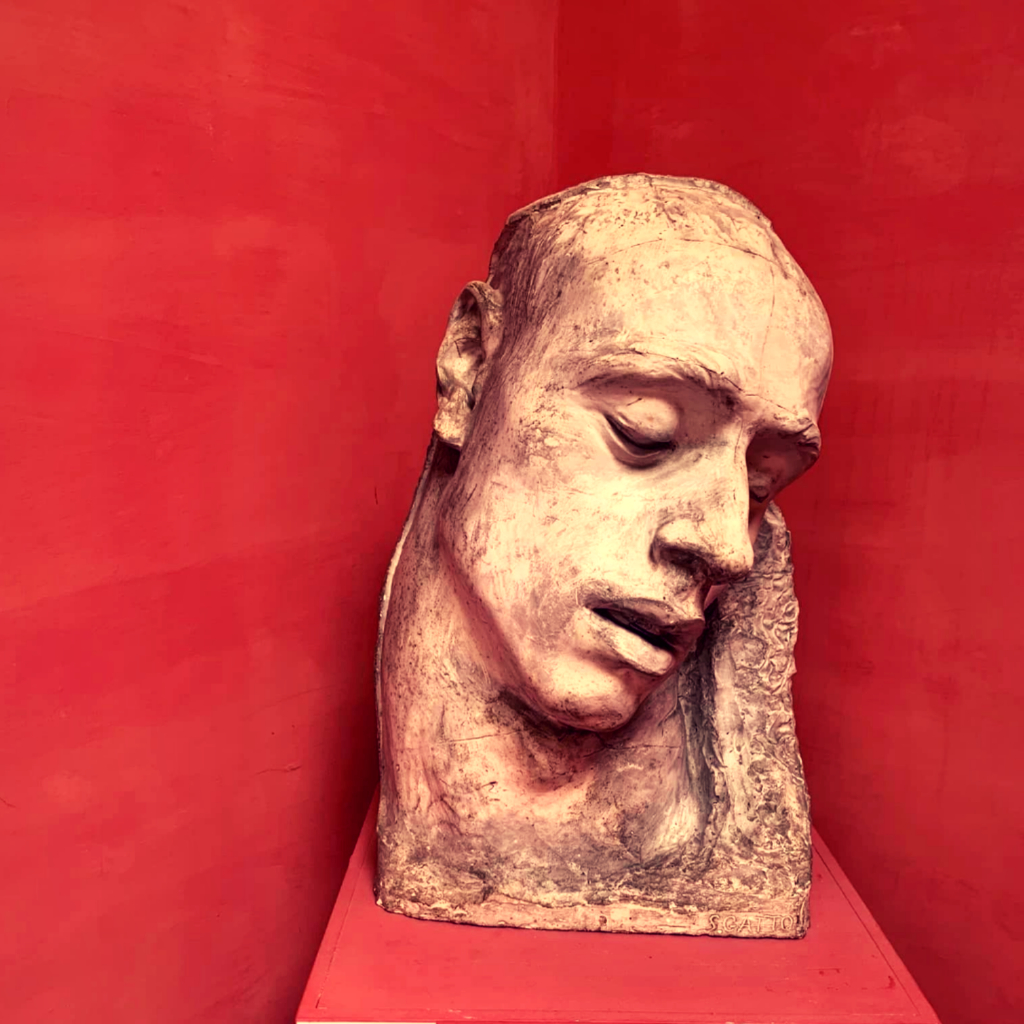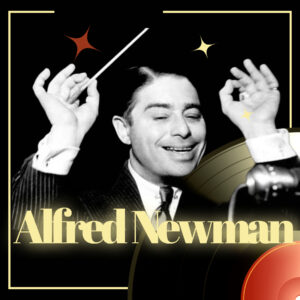
The First World War disrupted his life but, as he put it, “if I created something new in my art (formally and stylistically), it happened precisely in this period.”
In the early 1920s in Rome, Gian Francesco Malipiero joined Casella’s Società Italiana di Musica Moderna, and together they founded the Corporazione delle Nuove Musiche.
From 1926 to 1942 Malipiero was active as editor of Monteverdi’s complete works, and from 1939 until 1952 he was director of the Venice Liceo Musicale. As president of the Istituto Italiano Antonio Vivaldi he initiated the publication of the composer’s instrumental music in 1947.
Born in the same year as Igor Stravinsky, Malipiero shared his creative aspirations, modifying elements of historical styles in his own philosophical and artistic method.
In Malipiero’s case, the artistic stance as well as the characteristic and individual approach to composition grow out of a much-reflected opposition to German and Italian traditions of the nineteenth century. In his view, the German symphonic concept of thematic unity runs counter to the Italian spirit. Hence he considers the musical tradition of Bellini, Donizetti and Verdi a dead-end; instead, his guiding figures are Claudio Monteverdi, Domenico Scarlatti, and Antonio Vivaldi.
Malipiero’s original artistic vision attempts to get into the very essence of his given models, the most stimulating aspects of which are form based on free association, rather than on abstract schemes, harmonic progressions, which follow acoustic rather than theoretical needs, and – on a more metaphysical level – the beauty of polyphonic textures and language discipline. These incentives provide the basis for creative adaptation and transformation, in which antiquity is reflected in the modern spirit.
While Malipiero undoubtedly has strong links to the past, he has equally strong connections with his own generation’s notions of the “present” and “new music.” One of his preferred compositional techniques is the use of the fourth to build motives and harmony. From this starting point Malipiero proceeds to a remarkable augmentation of harmonic framework, passing from expanded tonality to bitonality, linearly conceived textures, and the primacy of melodic line over orchestral color. Harmony and articulation are employed with emotional restraint, and instrumental color is almost never used for its own sake. Malipiero abandons the the nineteenth-century inclination toward blending orchestral color in favor of Baroque principles of contrasting registers. In his works dating from the twenties, both timbre and harmonic detail occasionally recall Stravinsky.
Unconditional sincerity, discerning cultivation, a noble attitude: these are the principle characteristics of Malipiero’s music, often making use of extra-musical ideas (albeit in a thoroughly non-illustrative way). Nobility and sensitivity – though hidden behind apparent aloofness and reserve – form over a period of decades the basis of an expressive language which only seldom (in his earlier works) gives way to rustic vitality. More frequently to be found in his works are a pure spirit of music-making, an austere modern archaism, and a deep, inutterable sorrow.
Malipiero’s goal of giving a new direction to Italian music by fusing the traditions of Gregorian chant, Renaissance, and Baroque music with the expressive means of contemporary musical thought seems outdated in the eyes of a younger generation following a completely different path.




